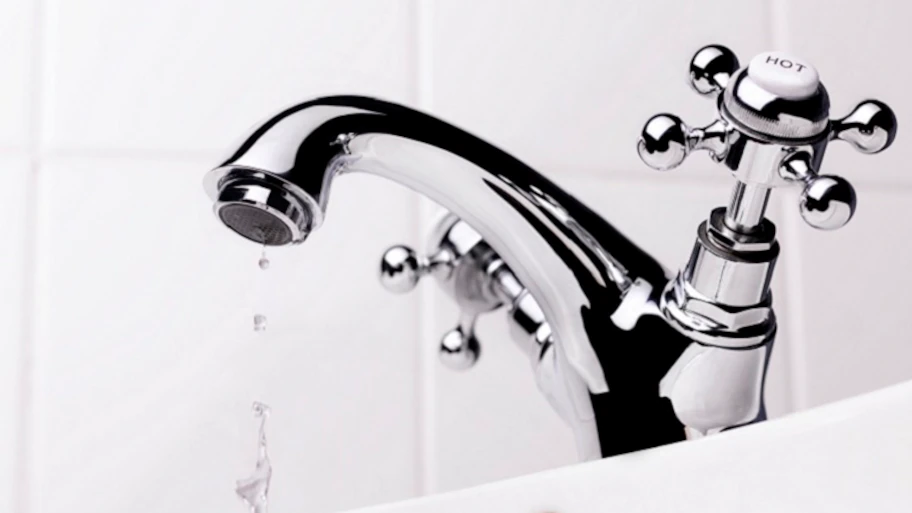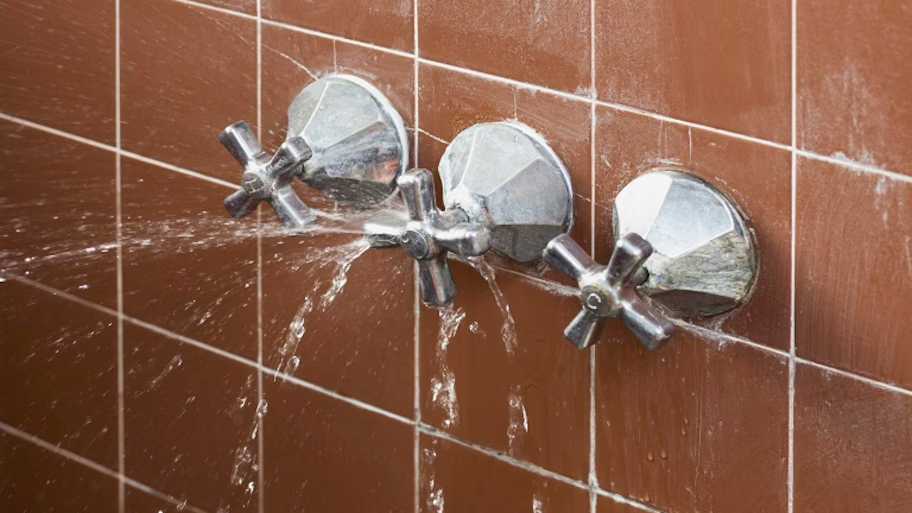What're your opinions on How to Repair and Prevent Bathroom Water Damage??

Water damage commonly happens in the bathroom because of the water used daily. Occasionally, the damage could be a little mold from the shower. Other times, it's huge damage on your floor. Whatever it is, it is constantly great to know the cause and prevent it prior to it takes place.
This guide will experience a few of the common reasons for water damage in the washroom. We will additionally analyze what you can do to stop these reasons from harming your restroom. Let's dive in.
These are the common reasons you would have water damage in your washrooms as well as exactly how you can identify them:
Excess Dampness
It's cool to have that long shower as well as splash water while you hem and haw and also act like you're carrying out, however occasionally these acts can trigger water damage to your bathroom.
Spraying water around can trigger water to head to corners and also develop molds. See how you spread out excess wetness around, as well as when you do it, clean it up to prevent damage.
Splits in your wall surface ceramic tiles
Shower room wall ceramic tiles have actually been particularly developed for that objective. They safeguard the wall surface from dampness from individuals taking showers. Nonetheless, they are not undestroyable.
Often, your washroom wall ceramic tiles fracture and permit some wetness to permeate into the wall. This might possibly damage the wall if you do not take any type of action. If you discover a split on your wall ceramic tiles, fix it promptly. Don't wait till it destroys your wall surface.
Overflowing bathrooms and sinks
As human beings, often we make mistakes that might create some water damage in the washroom. For instance, leaving your sink tap on can trigger overflowing and also damage to other parts of the washroom with moisture.
Additionally, a defective bathroom can create overflowing. For instance, a busted bathroom manage or various other parts of the tank. When this takes place, it could damage the flooring.
As quickly as you see an overflowing sink or commode, call a plumbing technician to assist handle it right away.
Burst or Dripping Pipelines
There are several pipelines bring water to different parts of your shower room. Some pipes take water to the toilet, the sink, the faucets, the shower, and numerous other locations. They crisscross the tiny location of the restroom.
Every so often, these pipes might get corroded and also burst. Other times, human action might trigger them to leakage. When this occurs, you'll locate water in the corners of your washroom or on the wall surface.
To identify this, keep an eye out for bubbling walls, molds, or mold. Call a specialist emergency situation plumbing to repair this when it happens.
Roof Leakages
Often, the trouble of water damage to the shower room could not originate from the shower room. For example, a roof leakage could cause damage to the shower room ceiling. You can identify the damages done by considering the water spots on the ceiling.
If you discover water stains on your ceiling, check the roofing to see if it's harmed. Then, call a professional to assist address the problem.
Conclusion
Water damage to your bathroom can be irritating. Nevertheless, you can manage it if you protect against a few of the causes discussed in this overview. Call a specialist emergency plumber if you discover any type of severe damage.
How to Prevent Water Damage in Your Bathroom?
Water damage repair is an expensive, meticulous, and lengthy process. Unfortunately, bathrooms are the most susceptible rooms to water damage due to toilets, showers, and sinks. Pipes and fixtures wear out over time and are not immune to damage. But all is not lost, as there are ways to prevent water damage from occurring in your bathroom.
Check Your Plumbing
Nothing lasts forever, especially pipes, which can rust and begin leaking over time. You should periodically conduct pipe inspections and pay attention for any musty smells or water stains that may indicate you need water damage repair. Here are some things to check:
Frequently test valves for your toilet, shower, and sink to ensure they are properly working. Check faucet supply lines hidden under vanities and replace when needed. Replace cracked or deteriorating caulking along sinks, tubs, and showers. If you notice a clog in your sink, call in a professional. Since you can’t check the pipes in the wall, keep an eye out for stains, drywall bubbling, musty smells, and excess moisture; if the bathroom is on a second level, check the ceiling of the room directly below for these signs. Don’t Overwork Your Toilet
One of the most common reasons bathrooms need water damage repair is due to overflowing toilets. Save yourself the hassle of cleanup by being mindful and not pushing your toilet to extreme limits. If you have young children, it is especially important to keep an eye on them when they are in the bathroom and to teach them how to avoid clogging the toilet. Here are some more tips to help prevent your toilet from overflowing:
If you have a septic tank, only use septic-safe toilet paper Do not flush anything down the toilet besides toilet paper; items like diapers and sanitary napkins will clog the piping Pay attention to your toilet’s water level: If it’s low, it could mean it is partially clogged or that there is a crack in the toilet bowl https://www.alure.com/home-improvements-blog/resources/how-to-prevent-water-damage-in-your-bathroom

We hope you enjoyed our section about How to Repair and Prevent Bathroom Water Damage?. Thanks for taking the time to read through our article post. Sharing is good. Helping others is fun. Thanks for going through it.
Protect your property; contact now.